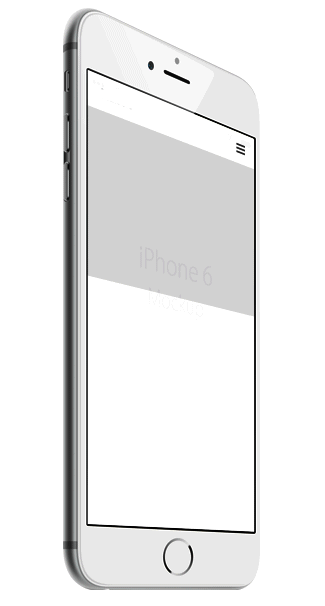Top 10 Benefits of LED
Long Life
Long life time stands out as the number one benefit of LED lights. LED bulbs and diodes have an outstanding operational life time expectation of up to 100.000 hours. This is 11 years of continuous operation, or 22 years of 50% operation. If you leave on the LED fixture for 8h per day it would take around 20 years before you’d have to replace the LED bulb.
Efficiency
With an estimated energy efficiency of 80%-90% when compared to traditional lighting and conventional light bulbs, LED lights are astoundingly efficient. About 80% of the electrical energy is converted to light, while only 20% is lost and converted into other forms of energy such as heat.
Ecologically Friendly
LED lights are free of toxic chemicals. Most conventional fluorescent lighting bulbs contain a multitude of materials like e.g mercury that are dangerous for the environment. LED lights contain no toxic materials and are 100% recyclable, and will help you to reduce your carbon footprint by up to 30%.
Quality
LEDs are extremely durable and built with sturdy components that are highly rugged and can withstand even the roughest conditions. Because LED lights are resistant to shock, vibrations and external impacts, they make great outdoor lighting systems for rough conditions and exposure to weather, wind, rain or even external vandalism, traffic related public exposure and construction or manufacturing sites.
Zero UV Emissions
LED illumination produces little infrared light and close to no UV emissions. Because of this, LED lighting is highly suitable not only for goods and materials that are sensitive to heat due to the benefit of little radiated heat emission, but also for illumination of UV sensitive objects or materials such as museum displays or art galleries.

Design Flexibilty
LEDs can be combined in any shape to produce highly efficient illumination. Individual LEDs can be dimmed, resulting in a dynamic control of light, color and distribution. Well-designed LED illumination systems can achieve fantastic lighting effects, not only for the eye but also for the mood and the mind.
Operational in Extreme Temperatures
LEDs are ideal for operation under cold and low outdoor temperature settings. For fluorescent lamps, low temperatures may affect operation and present a challenge, but LED illumination operates well also in cold settings.
Dispersal of Light
An LED is designed to focus its light and can be directed to a specific location without the use of an external reflector, achieving a higher application efficiency than conventional lighting. Well-designed LED illumination systems are able to deliver light more efficiently to the desired location.
Instant Lighting & Frequent Switching
LED lights brighten up immediately and when powered on, which has great advantages for infrastructure projects like traffic and signal lights. LED lights may be switched off and on frequently, without affecting the LED’s lifetime or light emission. In contrast, traditional lighting may take several seconds to reach full brightness, and frequent on/off switching does drastically reduce operational life expectancy.
Low-Voltage
A low-voltage power supply is sufficient for LED illumination. This makes it easy to use LED lighting in outdoor settings by connecting an external solar-energy source, and is a big advantage when it comes to using LED technology in remote or rural areas.
